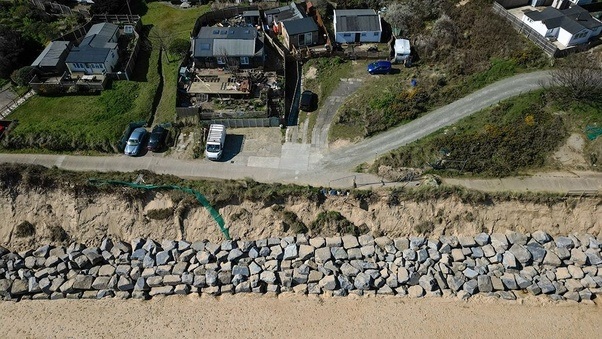Coastal erosion is a growing concern worldwide, necessitating effective and economical solutions for shoreline protection. Rock revetments, a popular form of coastal defense, offer durability and stability against erosive forces. However, the installation process can be complex and costly.
In this article, we delve into cost-effective strategies for rock revetment installation in coastal engineering projects, exploring innovative approaches, materials, and considerations.
Understanding the Importance of Cost-Effectiveness
Before delving into specific strategies, it’s crucial to recognize the significance of cost-effectiveness in coastal engineering projects. Budget constraints often limit the scale and feasibility of protective measures. Therefore, adopting cost-effective strategies becomes paramount in ensuring that coastal communities can benefit from robust shoreline defenses without overburdening financial resources.
Optimizing Material Selection
One of the primary factors influencing the cost of rock revetment installation is the choice of materials. Traditional revetments often use large, natural stones, which can be expensive to transport and place. Exploring alternative materials, such as concrete blocks or geosynthetic bags filled with locally available aggregates, can significantly reduce costs without compromising structural integrity.
Precise Site Assessment and Planning
Thorough site assessment is essential for determining the specific needs of a coastal area. Conducting detailed geological surveys and understanding the dynamics of wave action and tidal currents enable engineers to optimize the design, ensuring that the rock revetment is tailored to the site’s unique conditions. This precision minimizes unnecessary expenses associated with overengineering or retrofitting.
Utilizing Geospatial Technology for Efficiency
Modern geospatial technologies, including GIS (Geographic Information System), high-resolution aerial LiDAR, and remote sensing, provide invaluable tools for coastal engineers. These technologies assist in mapping coastal erosion patterns, analyzing terrain characteristics, and identifying optimal locations for rock revetment installation. By leveraging such data, engineers can enhance the accuracy of their designs, reducing the need for costly adjustments during implementation.
Local Sourcing and Construction Practices
Transportation costs for importing rocks from distant quarries can significantly inflate project expenses. A cost-effective strategy involves sourcing materials locally whenever possible. Additionally, employing local construction practices and labor not only supports the community but also reduces transportation and logistical complexities, contributing to overall project affordability.
Modular and Prefabricated Systems
In recent years, the use of modular and prefabricated systems in coastal engineering has gained traction. These systems, often composed of interlocking concrete elements or pre-assembled units, streamline the installation process. Their modular nature not only reduces construction time but also minimizes labor costs, making them a cost-effective choice for rock revetment projects.
Combining Rock Revetments with Nature-Based Solutions
Integrating rock revetments with nature-based solutions, such as planting vegetation or creating artificial reefs, can enhance the overall effectiveness of coastal protection. This combination not only provides additional habitat for marine life but also reduces the reliance on extensive rock structures, thereby lowering costs and promoting environmental sustainability.
Lifecycle Cost Analysis
While initial construction costs are a crucial consideration, evaluating the lifecycle costs of rock revetment installations is equally important. Factoring in maintenance, repairs, and potential future upgrades allows for a more comprehensive assessment of the overall economic impact. Investing in durable materials and well-planned maintenance schedules can contribute to long-term cost-effectiveness.
Community Engagement and Partnerships
Engaging with local communities and forming partnerships with governmental and non-governmental organizations can open avenues for cost-sharing and resource mobilization. Community involvement not only fosters a sense of ownership but also provides additional resources, reducing the financial burden on a single entity.
Monitoring and Adaptive Management
Implementing a robust monitoring and adaptive management plan ensures that the rock revetment continues to perform optimally over time. Regular assessments allow for the early detection of issues, enabling timely and cost-effective interventions. This proactive approach mitigates the risk of more extensive and expensive repairs in the future.
Conclusion
In conclusion, cost-effective strategies for rock revetment installation in coastal engineering projects are vital for ensuring the resilience and sustainability of shoreline protection measures. From optimizing material selection to leveraging geospatial technology and embracing nature-based solutions, a comprehensive and forward-thinking approach can significantly reduce costs while enhancing the effectiveness of rock revetments. By prioritizing cost-effectiveness, coastal communities can navigate the challenges of erosion control without compromising their financial well-being.
